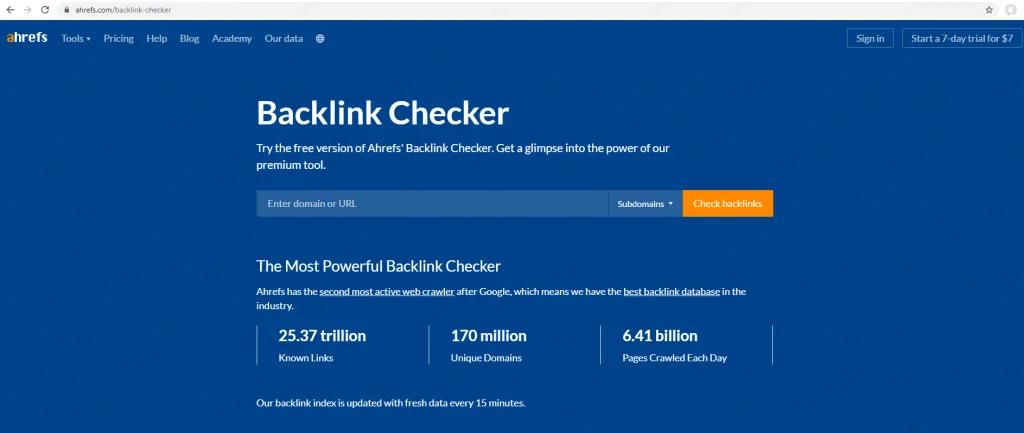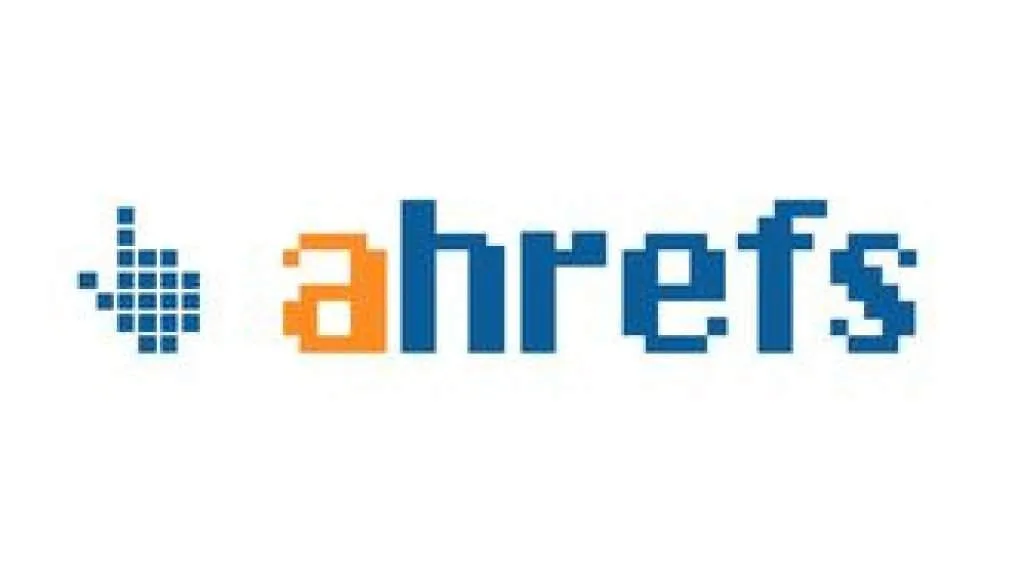A quick Google search for ‘ahrefs link builder’ brings up this disclaimer: “The views expressed herein are the opinion of the authors and no warranty is implied.” That statement surprised me; I hadn’t expected such a frank admission from AHREFs itself. This disclaimer, however, doesn’t mean that there are no other important issues regarding link building; instead, it merely says that the views expressed herein are the authors own and not necessarily supported by AHREFs or any other web design tool.
In looking over their site, it’s obvious that the main purpose for which they produce backlinks is to advertise themselves to other webmasters. This is evident by the wording on the home page: “We invite you to use our tools to help you build your business and get traffic to your site.” Clearly, they view link building as a form of internet advertising; they clearly realize that it’s a very competitive arena out there, and they want to be the one ‘in the game.’ This is not a bad thing; after all, many webmasters have spent hundreds, if not thousands, of dollars hiring professionals to create and maintain inbound links for them.
Their approach is quite different, however. The reason they use ‘AHREFs’ in their URL addresses is because they view these links as affiliate promotions. As a result, webmasters can purchase space on the backlinks offered by AHREFs and have their links displayed when webmasters use these links on their own websites. In other words, these backlinks are not meant to be permanent; instead, webmasters are only charged for the clicks they receive from their site visitors.
As a result, finding backlinks with AHREFs can have its drawbacks. First of all, it’s important to understand that backlinks can only be placed on each individual website. For example, a website owner could link to another company’s website, but that company would not be able to link back to the homepage of the first company. Instead, the homepage of the second company would be listed first in the search engines.
In addition, it’s important to realize that backlinks can only be linked to specific pages within a site. For example, a site could contain a Home page, an About Me page, a Contact Us page, and possibly a Search Engine Optimization (SEO) page – but those pages would not be linked back. In short, you can’t create backlinks to unrelated pages on your site.
That said, there are a number of benefits associated with creating backlinks with AHREFs. First of all, through this method of promoting related pages, webmasters will be exposed to various types of links. They may discover social bookmarking links, blog links, and even internal/external links to other relevant pages on their site. Additionally, they will be able to determine the popularity of specific topics, and use this information to increase their website’s ranking.

When it comes to locating backlinks with AHREFs, webmasters should take into account how popular the topics they’re promoting are. For example, if an article about dog grooming receives a lot of views, webmasters should post their articles on relevant directories, as well as on other blogs and discussion boards related to dog grooming. The only exception to this rule is if the topic is a controversial issue – such as animal cruelty – that few people wish to discuss or share links to. In this case, it’s best to publish the article and then post a separate comment explaining why the article is inappropriate for publication.
Finally, webmasters should remember that in order for backlinks to be of value, they need to be from quality websites. This means that if the links are coming from poor quality sources – such as spam links, virus ridden websites or dubious third party sites – these links will have absolutely no effect. With a little bit of time and research, finding backlinks with AHREFs can be a very worthwhile part of a webmaster’s SEO campaign. It’s easy to create many links, and can give your site a substantial boost in the search engine rankings.







